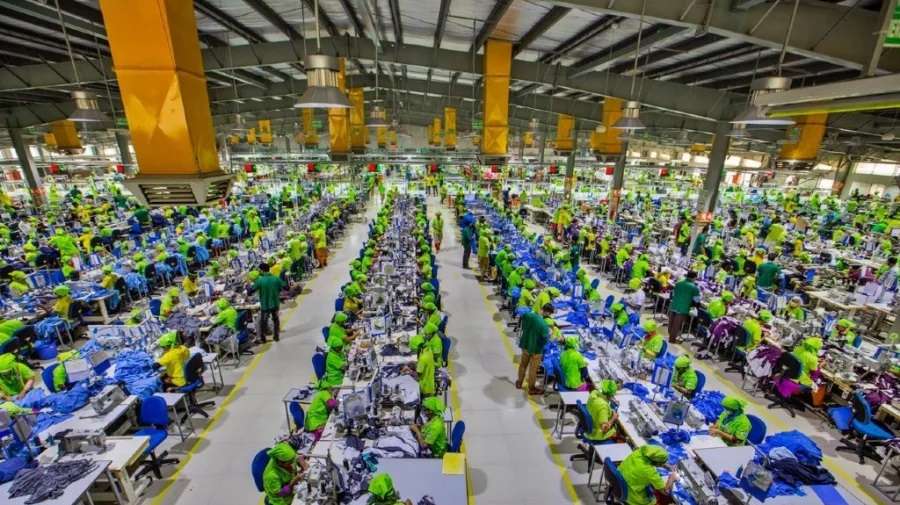Spinners in the textile industry face several operational and quality-related challenges due to increased humidity, temperature, and low air quality in the work environment. These factors can significantly impact fiber behavior, machinery efficiency, worker health, and overall productivity. Below is a breakdown of the challenges and suggested strategies to mitigate them:
Challenges due to increased temperature
Problems:
- Reduced machine efficiency: Motors and bearings overheat, causing more breakdowns.
- Fiber damage: Excess heat can dry out or alter the natural properties of cotton or synthetic fibers.
- Worker fatigue: Leads to reduced concentration and higher error rates.
Mitigation strategies: To overcome these challenges, spinners need to:
- Install industrial cooling systems (HVAC or spot cooling).
- Use heat-resistant lubricants and components in machinery.
- Shift-based scheduling to avoid peak heat hours and reduce worker fatigue.
- Roof insulation and reflective paints to lower ambient temperature inside mills.
Challenges due to high humidity
Problems:
- Fiber swelling and stickiness: Especially problematic for cotton, leading to inconsistent yarn formation.
- Static electricity issues are reduced, but excessive moisture leads to machine corrosion.
- Doffing and drafting inefficiencies due to sticky fibers.
- Mold/mildew risk in storage areas.
Mitigation strategies: To overcome these challenges, spinners need to
- Maintain optimal relative humidity (RH) at 55 –65 per cent for cotton spinning.
- Install dehumidifiers and climate-controlled zones around sensitive machinery.
- Use hygrometers and automated humidity controllers to monitor real-time conditions.
- Adopt better ventilation systems to balance humidity without drastically altering temperature.
Challenges faced due to poor air quality
Problems:
- Fly and lint accumulation affects machinery performance and yarn quality.
- Respiratory health issues for workers: long-term exposure leads to diseases like byssinosis.
- Dust buildup causes electrical and fire hazards.
Mitigation strategies: To deal with these challenges spinners can
- Install high-efficiency air filtration systems (HEPA filters) in spinning halls alongwith frequent air exchange systems (exhaust fans, blowers).
- Regularly clean ducts and workspaces to prevent fly build-up.
- Acquire personal protective equipment (PPE) like masks for workers.
Cross-cutting strategies
To reduce their operational costs, spinners can implement the below-mentioned strategies
- Install automated environment monitoring systems for temperature, RH, and air quality.
- Upgrade energy-efficient infrastructure to improve airflow and reduce thermal load.
- Organize training sessions for floor staff to identify and report environmental issues quickly.
- Install green walls or indoor plants (where feasible) to improve air quality and reduce indoor heat.












